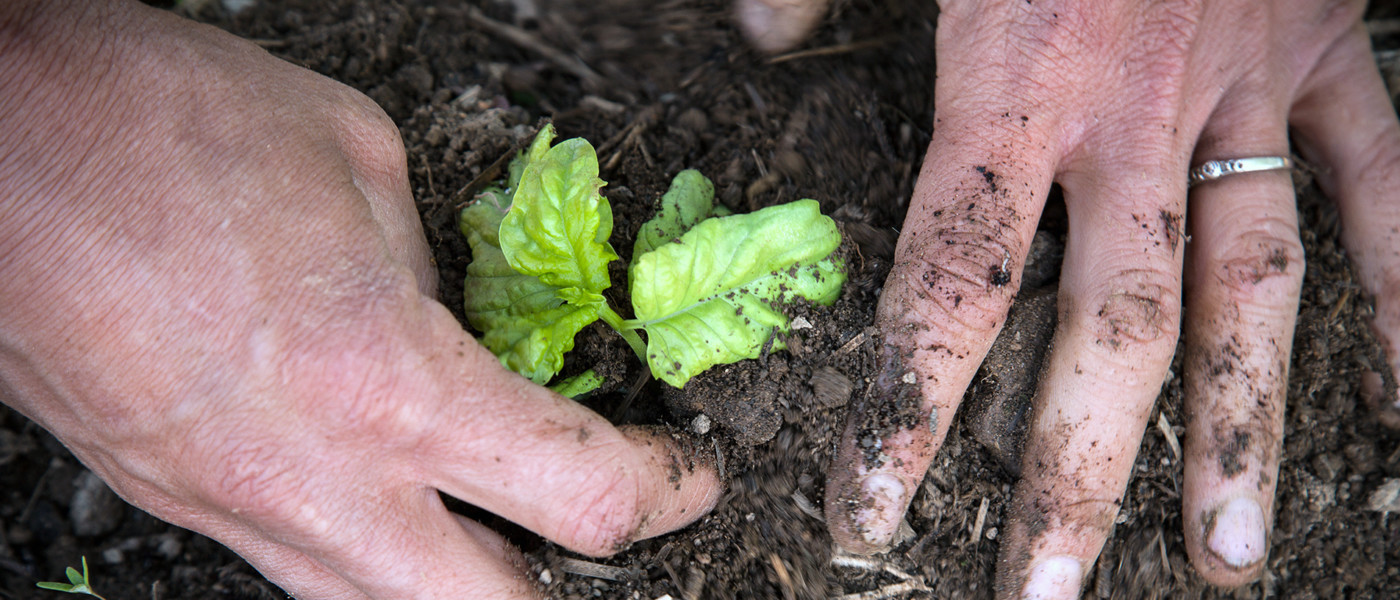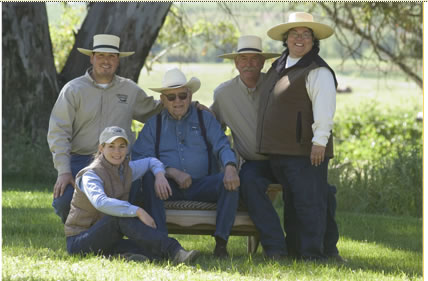Farmers on the front-lines
Family farmers are on the front-lines of climate change. Deriving their living from the land, farmers’ success is heavily influenced by weather events and broader climatic patterns. Family farmers depend on soil, water and air—resources that are impacted greatly by the changing climate—to nurture their crops and sustain their livestock.
Like many around the world, American farmers are no stranger to the high-risk stakes of an erratic climate. Each year, we hear of yet another historic 100-year flood, or a drought that kills off livestock, wildfires ravaging farmland, and other extreme weather events, which occur at greater frequency than in the past.
Dealing with the reality of climate change in their fields, farmers cannot afford for our political leaders to bury their proverbial heads in the sand. And yet, that is what they’ve done with the withdrawal of the U.S. from the Paris Climate Accord. It is an unconscionable betrayal to farmers (and all of us) who need America to lead our global community to lasting solutions to our climate problem.
Farmers are part of the solution
Family farmers are an important part of the climate solution. They can lock carbon in the ground – a process called carbon sequestration – by growing carbon-dioxide absorbing plants and through soil-building practices like crop rotation, cover cropping and rotational grazing. Research keeps pointing to practices like these, and to the power of farming systems that build soil, recycle nutrients and water, reduce chemical inputs and enhance biodiversity, as the greatest potential for a resilient food and farm future. Local and regional food systems are essential for climate change adaption, and innovations in on-farm renewable energy are key to shifting to a low carbon economy. Adoption of these systems can significantly lower greenhouse gas (GHG) emissions from agriculture and help farmers adjust to the changing climate.
What now?
If our corporate-dominated, industrial system of agriculture proceeds unaltered in the face of climate change, we will see dramatic declines in agricultural productivity, damaged ecosystem health and a draining of our food’s nutritional quality. How we tackle the challenges our farmers face in the fields will have a huge impact on rural prosperity, as agriculture remains a pillar of rural economies and communities. The time to resolutely address and adapt to our changing climate is now.
While the federal government abandons the climate, farmers and future generations, the effort to mitigate climate change needs to be taken up at the state and local levels. Responding to the challenges of a changing climate requires on-the-ground efforts from family farmers as well as policies that promote transformative and long-term solutions to climate change. Policy leaders need to listen to family farmers and rural leaders to better understand their concerns and to work together to shape solutions that meet the needs of their communities.
Across the country, farmers will do their part. Each one of us also plays a part in moving the world forward in climate solutions. It’s up to us!
Game changers on the ground
The whims of Mother Nature and the challenges inherent in living off the land mean most farmers are resilient, innovative, adaptive and tough. Dealing with extreme challenges is an inescapable part of family farmers’ way of life–it’s what they do. Family farmers across the country have already developed and put into place strategies to address our changing climate. Here are a few examples of Farm Aid’s Farmer Heroes who exemplify a way forward:
Rosie and Ward Burroughs of Denair, CA, are doing their part through Management Intensive Grazing (MIG), a rotational grazing system that allows soils to regenerate before an area is grazed again, while also providing a sustainable form of manure management. The benefits of roaming cows, who drop manure along the way, are many-fold: manure fertilizes the soil and provides a steady source of nutrient-rich grass for the cows to eat—all without holding tanks or manure lagoons where waste sits, volatizing and off-gassing methane and other vapors. According to Rosie, this reduces GHGs in other ways as well: “When you are developing your grass to have a nutrient dense quality, you eliminate the need to outsource feed and also run the heavy equipment that is necessary to produce and transport that feed.
Brothers Nick and Taylor Meyer of Hardwick, VT, produce biodiesel and use a 10 kilowatt turbine to harness wind energy on their farm to reduce their reliance on fossil fuels. They also turn their fields of sunflowers into meal—a high protein addition to their cows’ feed—and biodiesel to heat the barn’s furnace and supply hot water in the winter. This biodiesel is also blended with other fuels to power farm equipment in warmer seasons. The Meyer brothers show a strong commitment to reducing their farm’s carbon footprint.
Neil Dennis, Gabe Brown and Allen Williams are ranchers whose innovations were spotlighted in Peter Byck’s short film, Soil Carbon Cowboys. These ranchers work with nature to capture and store carbon, and make their soils healthier and better able to retain water and nutrients. Brown, a rancher in North Dakota, says he can adapt to climate change, become self-reliant and generate profit with this method: “Why do I want to go out and spend thousands upon thousands of dollars every year on synthetic fertilizer when I can grow these crops for just the cost of the seed? They’ll make the nitrogen for me and then my livestock will come around and eat these plants, convert it to dollars for me to sell. So, I’m getting all my fertilizer, basically for a profit because I’m making money off these crops.”





